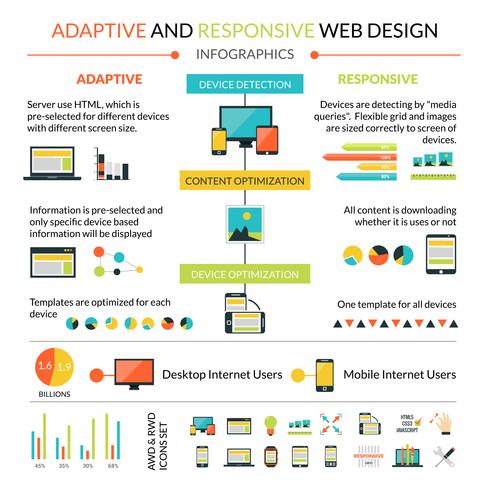Website Layout Fundamentals: Tips For Structure A User-Friendly Site
Website Layout Fundamentals: Tips For Structure A User-Friendly Site
Blog Article
Web Content Author-Aguirre Thrane
When it pertains to website layout, making sure user-friendliness is vital. From receptive layout to structured navigating, every aspect plays an essential role in developing a website that accommodates your target market's requirements. Yet what regarding the better details that can make or break a user's surfing experience? Keep tuned as we reveal some often-overlooked ideas that can boost your website's usability to the following level, making it genuinely stick out in the digital landscape.
Importance of Responsive Style
Receptive design is a crucial element of contemporary website growth. Ensuring your website is responsive means that it can adjust to different display dimensions and tools, giving a seamless experience for individuals.
With the enhancing use of smartphones and tablets to access the internet, having a responsive layout is vital for reaching a wider audience. mouse click the next page aids in enhancing individual experience by making your site easy to browse and keep reading any type of gadget.
Furthermore, receptive design can favorably impact your online search engine rankings, as search engines like Google focus on mobile-friendly web sites. By having a receptive style, you're also future-proofing your internet site, as new devices with varying display sizes remain to arise.
Simplify Navigation Structure
To enhance customer experience and help with very easy accessibility to details on your web site, simplifying the navigating framework is extremely important. When creating your site, focus on producing a clear and intuitive navigating menu that aids site visitors find what they're searching for promptly.
Recommended Web-site of food selection items to the basics, grouping associated pages together to avoid frustrating customers. Usage descriptive tags that plainly show the material of each page, making it simpler for users to comprehend where each link will certainly take them.
Consider carrying out dropdown food selections for subcategories to prevent jumbling the primary navigating bar. Furthermore, consist of a search bar plainly on the web page for users who prefer looking for details information.
Prioritize mobile responsiveness in your navigation layout to make certain simple accessibility on all tools.
Maximize Page Load Speed
Improving page lots speed is important for preserving site visitors on your website. Slow-loading pages irritate customers and can lead to high bounce rates. To browse around here , start by enhancing photos. Press images without compromising quality to reduce their data dimensions.
Additionally, allow browser caching to keep regularly accessed sources in your area, quickening load times for returning visitors. Minify CSS, JavaScript, and HTML data by removing unnecessary characters, comments, and format, enhancing load rate.
Take into consideration using a web content shipment network (CDN) to disperse your web site's material throughout numerous web servers worldwide, lowering latency for customers accessing your site from different locations. Finally, limit the use of third-party manuscripts and plugins, as they can considerably affect lots times.
Conclusion
Finally, by integrating receptive style, streamlining navigation, and maximizing page load rate, you can produce an easy to use web site that appeals to a bigger audience and improves customer experience. These essential elements ensure that visitors can quickly gain access to and navigate your website throughout various devices, causing enhanced involvement and complete satisfaction. By concentrating on these essential facets, you can develop a successful internet site that keeps customers returning for even more.
